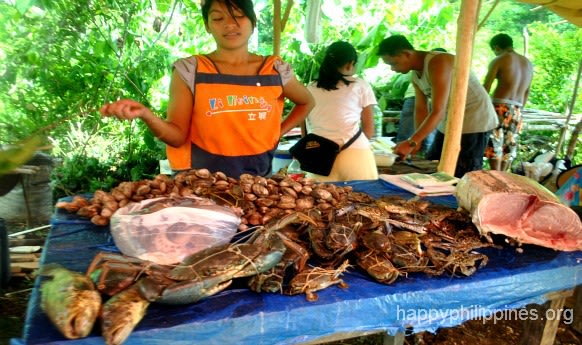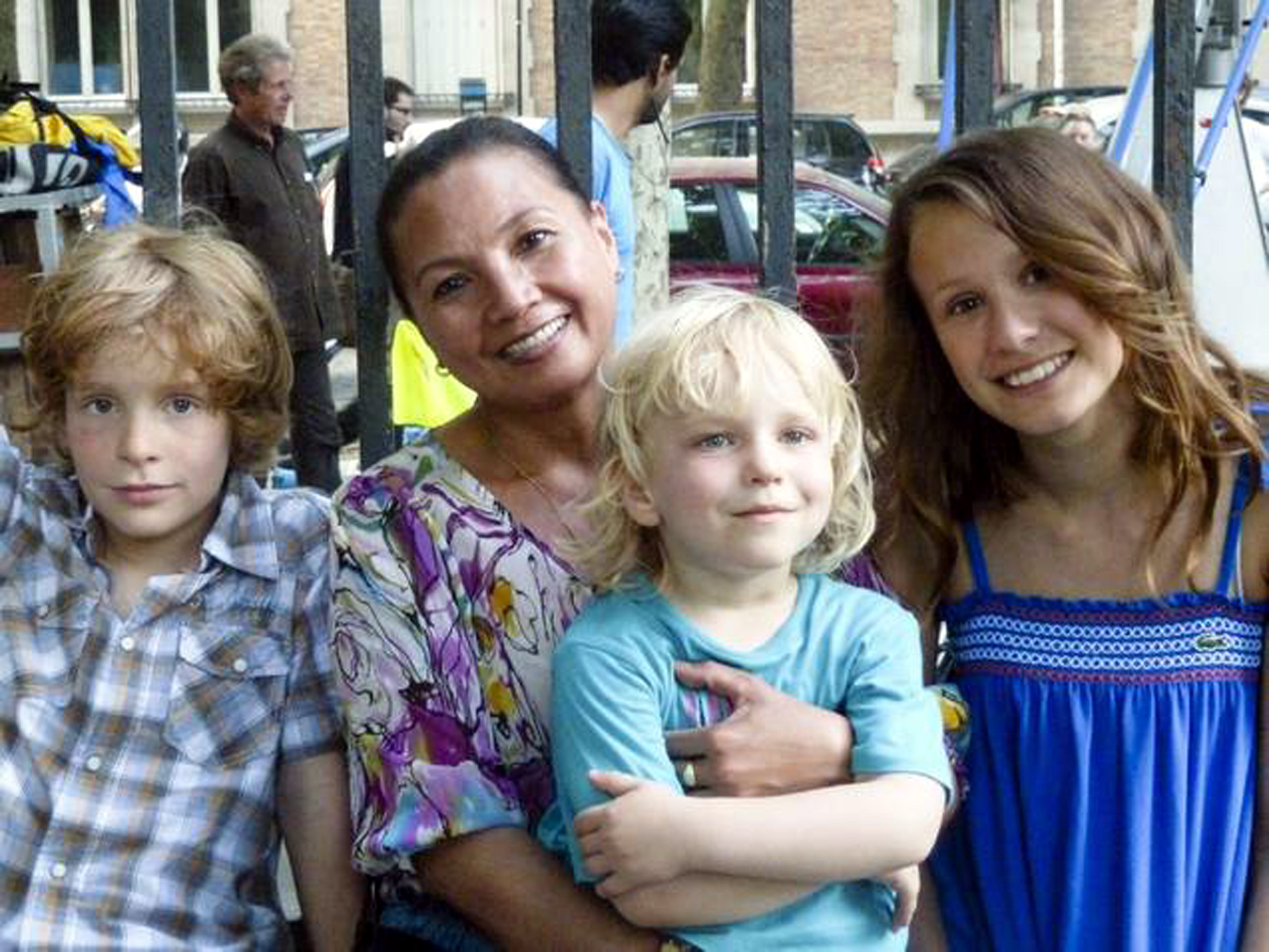Philippines among hottest emerging markets
By: Doris C. Dumlao
Philippine Daily Inquirer
Monday, July 16th, 2012
MANILA, Philippines—The Philippine stock market is no longer the playground for those hunting for bargains.
Yet there is still a lot of money flowing in, driving stock prices to unprecedented heights as the country—with its much-improved economic fundamentals and resilient corporate sector—has turned into a sort of a “safe haven” for large funds diversifying out of Europe. With record-low interest rates, cash-awash local investors are also turning more to equities in search of better yield.
In the first half of the year, the main-share Philippine Stock Exchange (PSE) index recorded new all-time highs 19 times, rising a total of 20 percent to finish at 5,246.41 by the end of June. On July 4, the index breached 5,400 in intra-day trade.
Phillip Hagedorn, ATR KimEng Asset Management director for investments, said the big picture was that local interest rates would remain low and might go even lower when the government gets a much-coveted investment-grade rating. As such, he said investors have no choice but to channel more funds to equities even if valuations have crept higher than historical levels. Also, he said the market was willing to pay a premium for high-quality corporations.
Hagedorn said that in the second half of the year, it was possible for the main index to gain another 12 percent to hit the 6,000 mark. However, he said the 5,000 and 5,100 support levels would likely be tested.
“I don’t expect a breakout or search for a new high sometime in the early to mid-third quarter,” he said. “Second-quarter earnings and GDP [gross domestic product] growth will confirm whether we make that move or not.”
“At current levels, the market is not cheap,” said Erico Claudio, strategist at Pentacapital Investment. “Many investors are already sort of into the market and they are just hoping to see more positive news to come out to sustain this.”
But Claudio sees more room for the market to climb in the next two years. In trying to gauge market psychology, which includes “irrational expectations,” he said the next target could be around 5,800.
Based on a Bloomberg consensus as of last week, the market was trading at a price-to-earnings (P/E) ratio of 15.8x. Historically, investors in the local stock market paid about 15 times the amount of money a company made in a given year. Before the Asian crisis of 1997, the local market’s P/E ratio hit a high of 20x.
Hagedorn said the challenge with P/E ratios was that many analysts were “way off the mark” compared to what Philippine companies were delivering. Analysts tended to be conservative, which meant there was room for the P/E multiples to go down, if earnings forecasts rise.
“Is it fair to compare the last 10 years’ average versus what the future may hold for the country considering that fundamentally, we’re in a different place altogether? Maybe there’s an argument to say that we deserve a bit of a premium compared to our historical average,” Hagedorn said.
But the equity fund manager said it might still require two or three more quarters of earnings data to confirm that the Philippines has been upgraded not just in terms of sovereign credit but in terms of stock market prospects.
Claudio said one important theme arising from the current environment was that investors might look at companies with above-average revenue growth compared to their peers. However, he said revenues were more difficult to forecast than bottom line. “That’s the critical part—if these revenues don’t continue to grow, at least in the high teens, the market may be disappointed because what investors really want to see is topline growth,” he said.
Moving forward, Claudio said: “This market will be driven by the weight of money and expectation of expanding revenues.”
Michael Ferrer, president of ATR KimEng Asset Management, said the Philippine asset management industry was growing as savings rise on the back of increasing wealth. Ferrer, who is also president of the Fund Managers Association of the Philippines (FMAP), said that across the member-organizations of FMAP, his estimate was that less than 20 percent of assets under management were invested in equities. As the trust industry has about P4 trillion in assets under management, he said that even just a 1-percent reallocation of funds to equities would mean P40 billion of inflows to the local stock market from domestic institutions.
“We really have to allocate more to growth assets if you’re going to hope even for high single-digit returns,” Ferrer said, noting that desired returns would not be met if institutional investors would only keep most of their assets in bonds or special deposit accounts (SDAs) with the central bank.
“The other good thing is that the market distinguishes now between the good corporations and the pretenders, whereas in 2008-2009, everything was just moving in the same direction,” Ferrer said.
Foreign portfolio inflows into the stock market are also keeping local stocks buoyant.
Based on PSE data, net foreign buying in the local stock market surged 382.3 percent year on year to P71.12 billion. This was nearly five times bigger than the P14.75-billion level in the same period last year.
“Fund managers, while they were waiting for some positive developments or getting out of the so-called economic quagmire in EU, they’d like to put some bets in some markets like ours, to more or less have an idea of what the Philippine market is all about,” Claudio said. “But because they are so huge, it affects us significantly despite the rather poor performances of other markets.”
Whether or not the US Dow Jones industrial index goes up or down sharply, for instance, Claudio said “the attention of foreign fund markers are drawn back to their major markets.”
But for now, the Philippines is deemed one of the hottest emerging markets in the region, having outperformed other Asian bourses since the start of the year. At the same time, it also reaps the benefits of Southeast Asia as a whole new being on the radar screen of global investors.
“I think the theme that we’re thinking about for the next two or three or four quarters is that the Philippines stands out as a safe haven with what we’re seeing globally,” Melvyn Boey, Southeast Asian equity strategist at BofA Merrill Lynch Global Research said in a recent briefing in Manila.
There is also an increasing expectation on Wall Street that the US Federal Reserve will embark on a third round of quantitative easing—a strategy of buying back bonds to infuse additional liquidity into the system—by the second half of this year. “Under that scenario, Southeast Asian assets will appreciate, especially commodities,” Boey said. “Asean (Association of Southeast Asian Nations) is a beneficiary, especially those who are commodity exporters, a bit less so in Philippines but more for the likes of Thailand and Malaysia that are more reliant on commodities.”
Given the strong balance sheet of Asean governments, Boey said they have more scope to use monetary and fiscal stimulus to counter a global slowdown. In particular, he said the Philippines was a play on the “structural growth story.”
“It is one of the markets that we like for Southeast Asia and as a result of that, we think that in terms the sectors that we like to play would be some of the domestic sector, infrastructure, property as well as indirectly the banks,” Boey said.
In the first six months, cyclical stocks banking and property led the PSEi’s rise even as all indices were on the green.
The financials index emerged as the best performer in the first half after surging 34.6 percent to 1,304.42. The financial index was likewise the best performer in terms of bottom line based on first-quarter earnings resulted culled by the PSE.
The next-best performer was the property index, which jumped 30.1 percent to finish at 1,927.48. The holding firms index also rose 28.1 percent to 4,488.80. The industrial index rallied 10.8 percent to finish at 7,839.57; The services index also climbed 8.8 percent to 1,759.02, and the mining and oil index crept higher by 4.8 percent to 24,629.48.
“Just like our main index, investor confidence in Philippines Inc. is at an all-time high. What’s remarkable is that we have been able to achieve unprecedented growth even in the midst of ongoing uncertainties in the Western hemisphere and a cooling Chinese economy. This is a testament to the effectiveness of the reforms that the country has undertaken, which further contributed to the stable macroeconomic environment,” PSE president Hans Sicat said.
The combined market capitalization of listed issues in the PSE during the January-to-June period stood at P10.05 trillion, up 12.8 percent from the level in the same period last year. Total value turnover for the first half reached P947.73 billion, or 43.2 percent higher than the P661.81 billion in the previous year. Average daily value turnover stood at P7.64 billion, an increase of 45.5 percent year on year.
“The market’s run in the first half has been nothing short of historic, and there’s a good chance that we will be able to extend this forward momentum as we anticipate better first-half earnings from our listed firms. The latest sovereign credit-rating upgrade also provides additional support for future growth so overall, I think we are in a terrific position to keep on improving,” Sicat said.

















